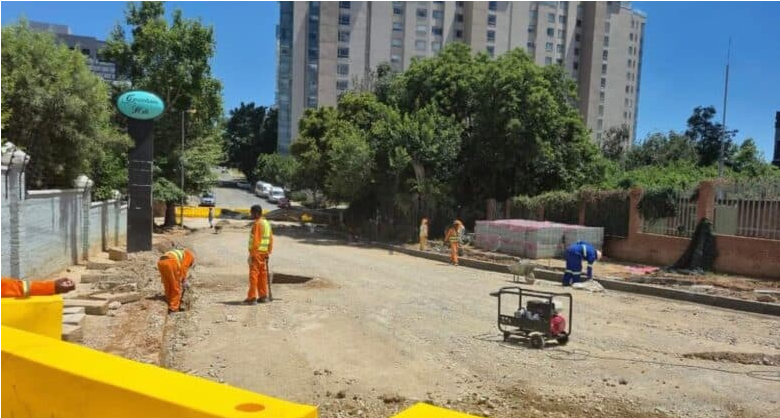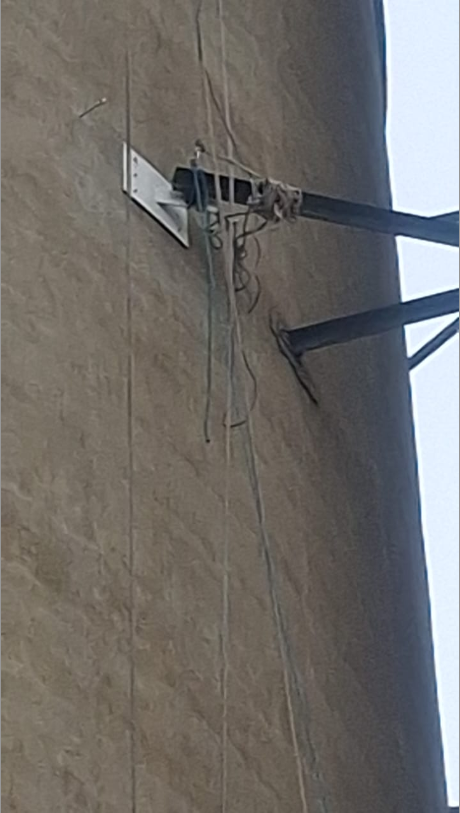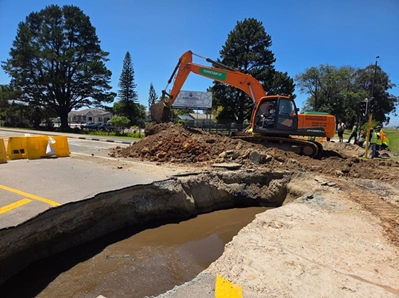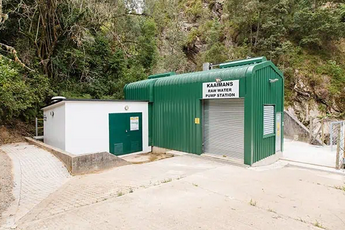Why do a joint venture when you could sub-contract?

Advertising
25-10-2021
Read : 2163 times
Taranis
Source
We are receiving weekly enquiries from bidders as to how to go about forming a joint venture and which partner’s details must be inserted on the tender forms, etc.
Upon closer assessment, we would advise these bidders to rather consider sub-contracting, than forming a joint venture.
Ordinary course, of business type of sub-contracting, is where you would, in any case, procure the services of painters, plumbers, electricians, air-conditioning companies, etc.; to execute a specific part of a tender, since they are not suppliers but service providers and the best route to follow, would be, to do just that, i.e., sub-contracting and not considering forming a joint venture.
In the public sector tendering ecosystem, we find different types of sub-contracting, e.g., where the organ of state instructs all bidders to sub-contract a minimum of 30% of the tender value to specific “designated groups”, which are either an Exempted Micro Enterprise (EME) or a Qualifying Small Enterprise (QSE), which has a Level 2 B-BBBEE status and, which are black and either youth, disabled, woman, living in rural areas or military veterans, etc.
When it comes to the ordinary course of business sub-contracting, bidders in tenders are restricted, as to how much of the tender value, they may outsource and may not exceed the limitation set by the Preferential Procurement Policy Framework Act Regulations of 2017 (PPPFA), and if they do, they will not be allocated points for their B-BBEE certificate and relevant status, for that matter.
In the case of joint ventures, which is primarily used, where two or more bidders, are pooling their expertise, to jointly execute a tender, the legislative requirements are totally different from that of sub-contracting.
With a joint venture under the Generic B-BBEE Codes, a specific formula is used to determine the status of the “new entity”, in terms of each member’s own B-BBEE Status, black ownership, black female ownership and the contribution of each member in terms of executing the contract.
Also, the joint venture certificate of the “new entity” is required to claim B-BBEE points, either under the 80-20- and 90-10-point systems, respectively and not the respective certificates of each member to the joint venture.
According to Gerrit Davids, Lead Advisor at TaranisCo Advisory, tendering agency, “In essence, if a joint venture is not correctly structured in terms of the applicable legislation, then tendering for government contracts will be an exercise in futility, with a bid having no chance to be considered for award.”
“Bidders are in many instances, submitting tenders as joint ventures and it would have been better if they had gone the sub-contracting route, which only requires proof of arrangement between the principal bidder and the sub-contractor, whereas, with joint ventures, it will cost thousands of Rand, to obtain a B-BBEE Certificate for the “new entity”, says Davids.
Davids said, “However, bidders must clearly know the rules of tendering in order to assess whether a joint venture or sub-contracting will be the most feasible option since a specific tender could instruct that sub-contracting must be applied, irrespective whether parties have formed a joint venture or not.”
For more information on how to correctly, either sub-contract or establish joint ventures, visit our website: www.taranis.co.za
Gerrit Davids | Lead Advisor | TaranisCo Advisory CC | Cell. 082 496 1657 |
E-mail: gerrit@taranisco.co.za
Recent News
Here are recent news articles from the Building and Construction Industry.
Have you signed up for your free copy yet?









